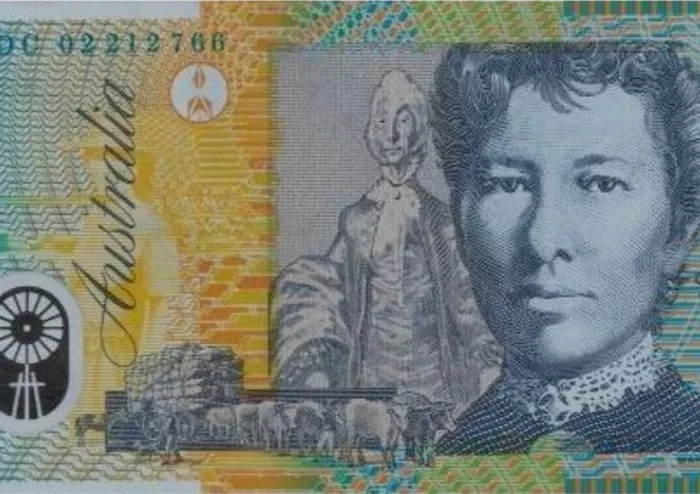AUD/JPY ended the previous day’s gains and fell to around 94.20 in the Asian market on Tuesday. The cross was under downward pressure as the RBA left rates unchanged at 4.10%, in line with market expectations, as inflation appeared to be stabilizing.
In addition, downbeat Chinese data weighed on the Australian dollar. China’s Caixin Services PMI fell to 51.8 in August from 54.1 in the previous month.
Focus on the RBA statement, which may provide prospects for future rate hikes and support the Australian dollar. Traders are also likely to focus on second-quarter GDP data due on Wednesday, which is expected to rise 0.3% quarter-on-quarter.
Disappointing data on Japanese household spending for July on Monday could weaken the yen. The data showed that the data hit the biggest drop since February 2021. The actual data recorded -5.0%, far worse than the -2.5% expected by the market, and the previous value was -4.2%.
The Bank of Japan continues to maintain loose monetary policy. Bank of Japan board member Toyoaki Nakamura mentioned last week that policymakers need more time to shift to monetary tightening. Given this scenario, diverging Australian and Japanese monetary policies may limit AUD/JPY’s downside potential for the foreseeable future.


